When we’re in relationships, it’s easy to get caught up in our feelings. We invested time, effort, and hope. But sometimes, we stay longer than we should, as a result of something called the sunk cost fallacy. Recognizing it can save us from a toxic or unfulfilling relationship.
Understanding when our emotional ties stop being helpful and start being a trap is essential. Read on to learn how to identify the signs and make choices that prioritize happiness and health.

Understanding the Sunk Cost Fallacy in Relationships
What is the Sunk Cost Fallacy?
The sunk cost fallacy is when we continue doing something because we’ve already invested so much in it. We tell ourselves, “I’ve come this far,” or “I can’t give up now.” In economics, it means throwing good money after bad. In relationships, it’s staying because we believe all the time, love, or effort should be worth something, even if the relationship is not healthy.
Why Do We Fall for The Sunk Cost Fallacy in Relationships?
Our feelings make us vulnerable to this trap. Emotional attachment can blind us to the truth. None of us want to admit we’ve wasted years on someone who doesn’t value us. Society often pressures us into “making it work,” or staying because of loyalty, family, or tradition.
Cognitive biases also play a role. Our minds deny the reality that things aren’t getting better and never will. We hope that if we wait long enough, things will change, even when evidence shows otherwise.

Differentiating Between Persistence and the Sunk Cost Fallacy
Perseverance can be good in a relationship that is healthy and growing. But if we keep trying to fix what’s broken, knowing deep down it’s beyond repair, we might be falling for the sunk cost fallacy. Healthy persistence involves continued effort at growth, versus stubborn attachment to past investments.
Signs the Sunk Cost Fallacy May Be Keeping You in Relationships
There are many signs and red flags to look for if you believe you may be falling victim to the sunk cost fallacy cognitive bias regarding your relationship. Major categories include:
Emotional and Behavioral Indicators
- You feel guilty or obligated to stay, even when you’re unhappy.
- Past efforts make you cling to the hope things will get better.
- Ruminating on what you’ve already done more than focusing on your current needs.
Relationship Dynamics
- Endless arguments that go nowhere.
- The “spark” is gone, but you stay because of shared history.
- You’re exhausted emotionally or physically but hesitate to leave.
External Factors
- Family or friends pressure you to try harder.
- You compare your current relationship to an idealized past or a different relationship.
- Society expects a certain outcome, like staying married.

How to Objectively Assess When to Let Go in Relationships
There’s no doubt it can be very difficult to be objective when it comes to a personal relationship. But there are a few exercises that may help.
Reflect on Your Needs and Happiness
Ask yourself tough questions and allow yourself to answer them with honesty: Are you truly happy? Do your needs get met? If you have difficulty answering these, sometimes taking a break from emotion helps. Set boundaries and practice self-care until you gain clarity.
Evaluate Relationship Viability
Look for signs of growth, respect, and compatibility. Are you and your partner solving problems? Is there mutual effort? If toxicity, abuse, or persistent incompatibility exist, it’s a sign to reconsider.
Expert Insights and Practical Tools
Thought leaders like Esther Perel emphasize honesty in relationships. John Gottman suggests recognizing patterns of negativity and emotional disconnect. Tools like pros and cons lists or emotional distancing exercises can also be useful to help to see things clearly. Set clear criteria for leaving, such as feeling safe, respected, and valued. If these basic needs aren’t met despite effort, it may be time to go.

How to Overcome Emotional and Cultural Barriers
Others may pressure you to stick with an unhealthy or unfulfilling relationship. It is easy to say that you must go with your heart and put your needs first. It is very challenging to actually do it – especially if you are the type of person who has consistently deprioritized your own needs.
Manage Guilt and Fear of Regret
Feeling guilty about ending anything can be intense. Reframe the decision as a form of self-respect. Repeat to yourself: “It’s okay to prioritize my well-being.”
Address Societal and External Pressures
Many cultures value marriage or long-term commitment deeply. Recognize these pressures, but remember your happiness comes first. Build a support network of friends or consider therapy to find strength.
Take Action for Healthy Closure
Create a step-by-step exit plan. Seek professional help if needed. Practice kindness toward yourself during this process. Breaking free takes time.

Real-World Examples of the Sunk Cost Fallacy in Relationships
Some couples stay married for decades, only to realize too late that they grew apart. They stayed because of past years or societal expectations. In contrast, others recognize early signs of incompatibility, choosing to end things for a fresh start. Their stories show that awareness and honesty can lead to healthier lives. Time invested isn’t always worth pain and compromise.
How to Spot the Fallacy in Relationships
The key to healthy relationships is not just about how much time or effort you put in, but whether the relationship adds value to your life. Recognizing the sunk cost fallacy can help you see the truth: it’s okay to say goodbye when the relationship no longer nurtures you. Watch for signs like emotional exhaustion, ongoing conflicts, and external pressures.
If your relationship isn’t serving your growth and happiness, it’s time to prioritize yourself. Let go of past investments. Envision a future built on respect, love, and kindness. Growth truly begins when you choose to move forward, unburdened by what no longer works.
To learn more about how to set healthy boundaries, visit:
How to Spot a High Maintenance Person in a Flash
Thank you as always for reading.
Affiliate Disclosure: Some links in this post are affiliate links. As an Amazon Associate, we earn from qualifying purchases. Thank you for supporting Kindness-Compassion-and-Coaching.com at no cost to you.

Joan Senio is the founder of Kindness-Compassion-and-Coaching.com. Joan’s career includes clinical healthcare plus 20+ years as an executive in a nationwide health care system and 15 years as a consultant. The common threads throughout Joan’s personal and professional life are a commitment to non-profit organizations, mental health, compassionate coaching, professional development and servant leadership. She is a certified Neuroscience Coach, member of the International Organization of Life Coaches, serves as a thought-leader for KuelLife.com and is also a regular contributor to PsychReg and Sixty and Me. You can read more about Joan here: Joan Senio.


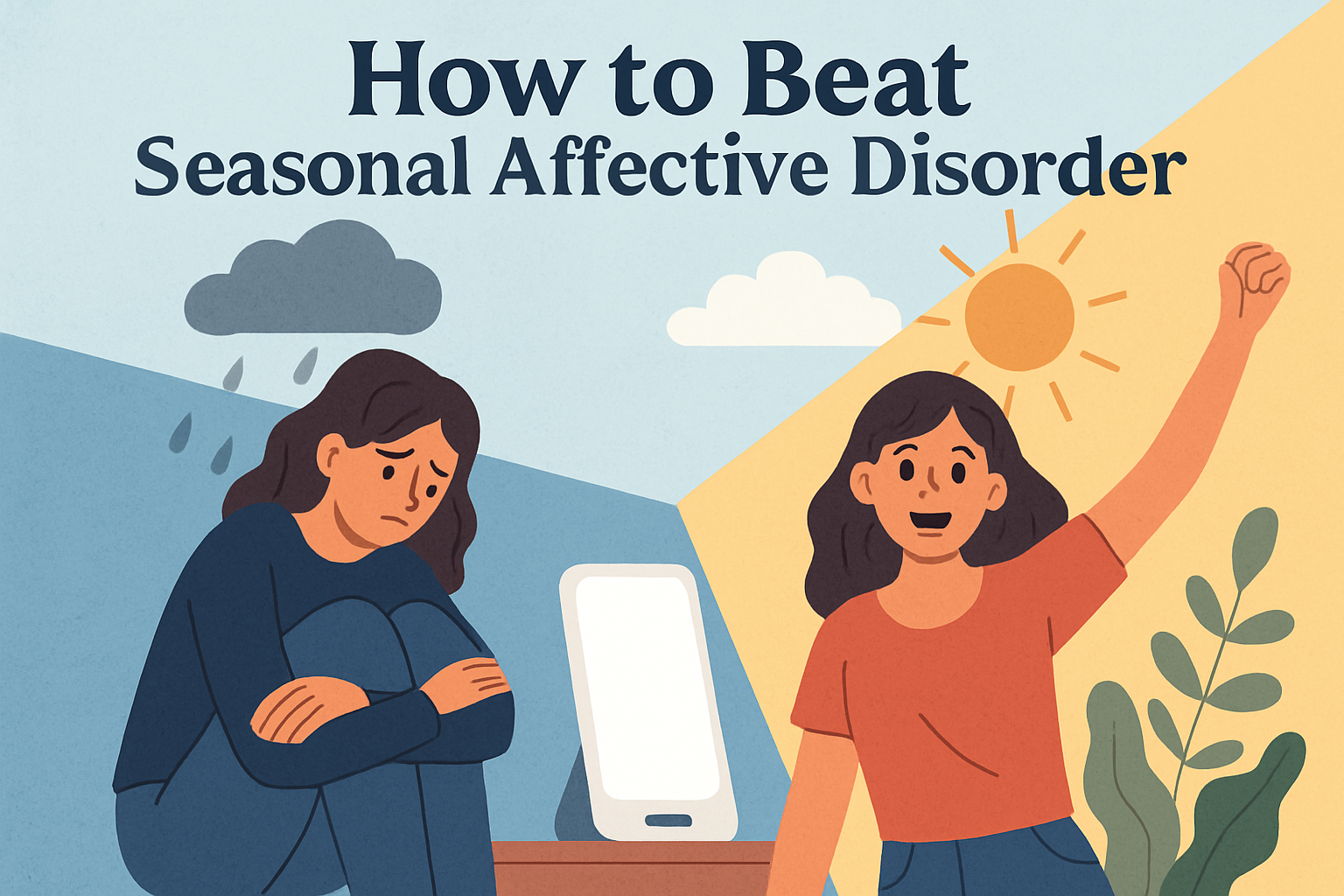


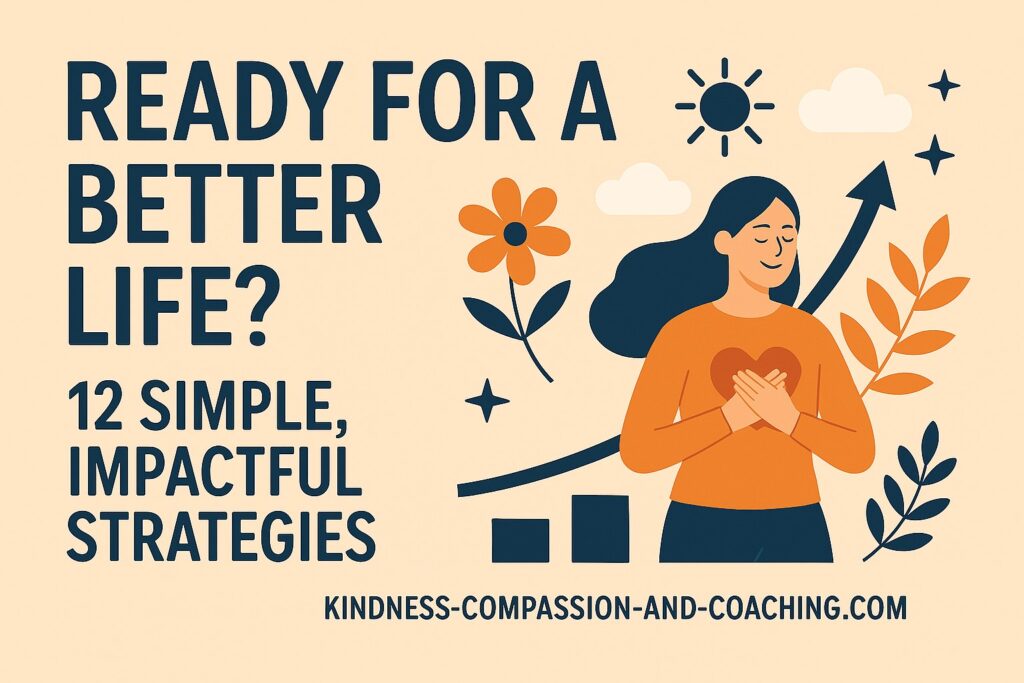

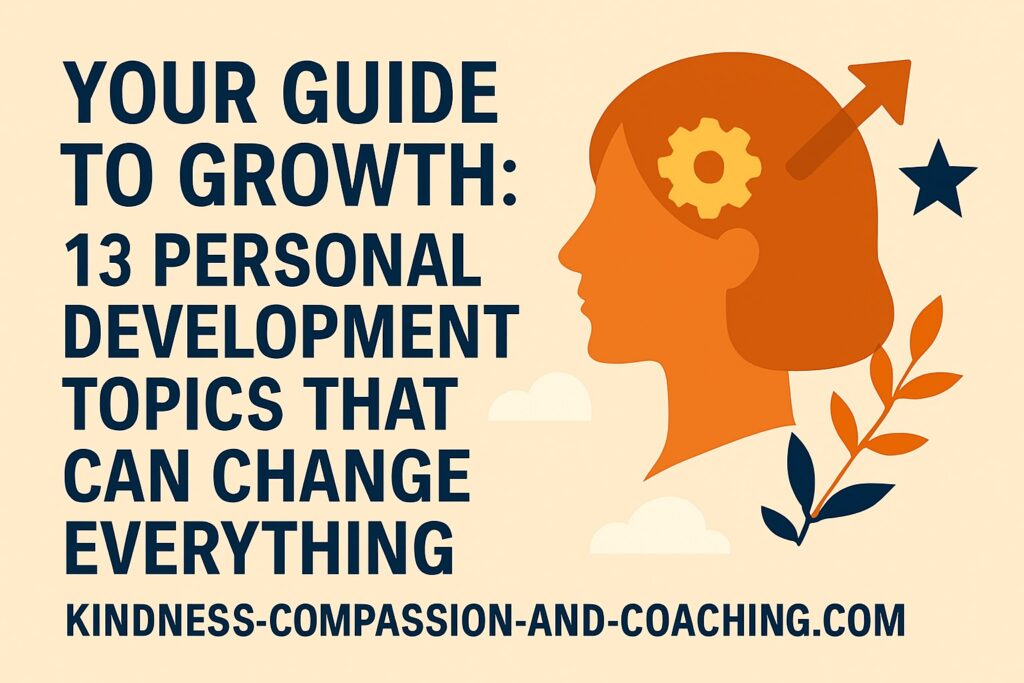
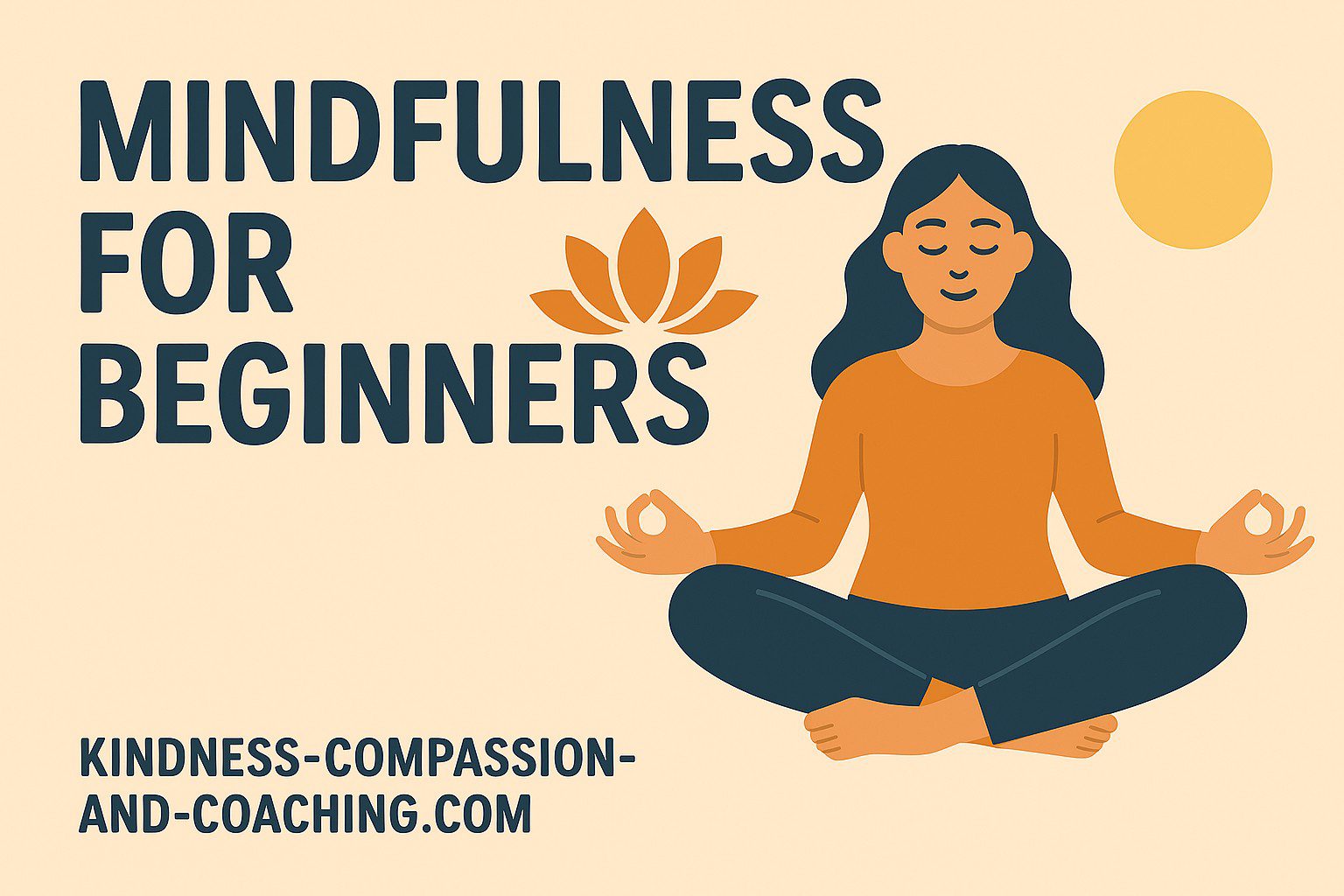
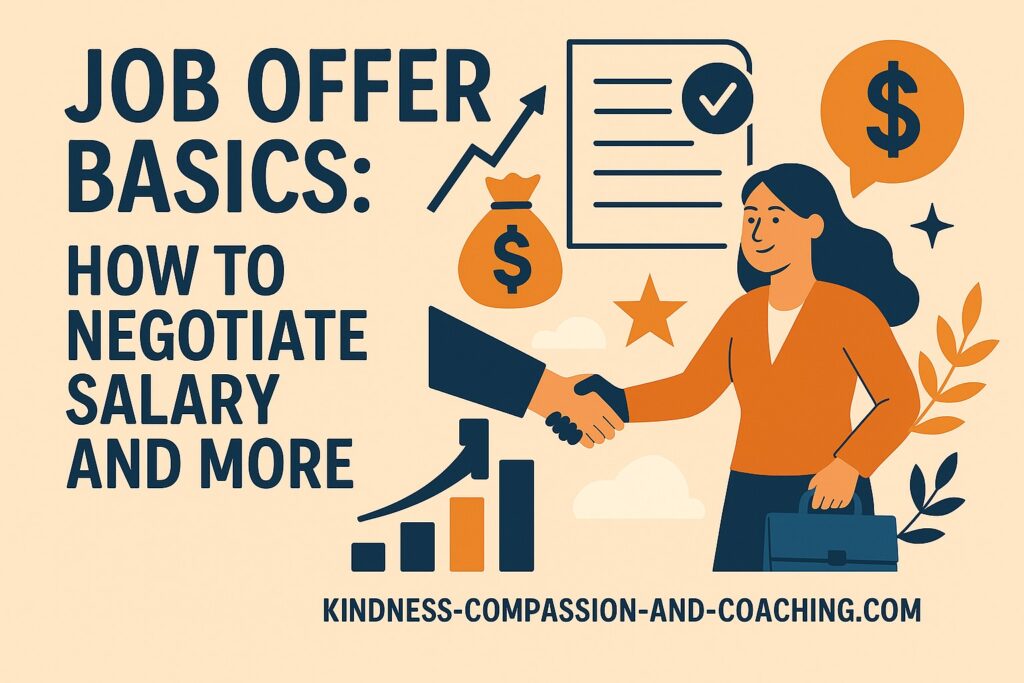
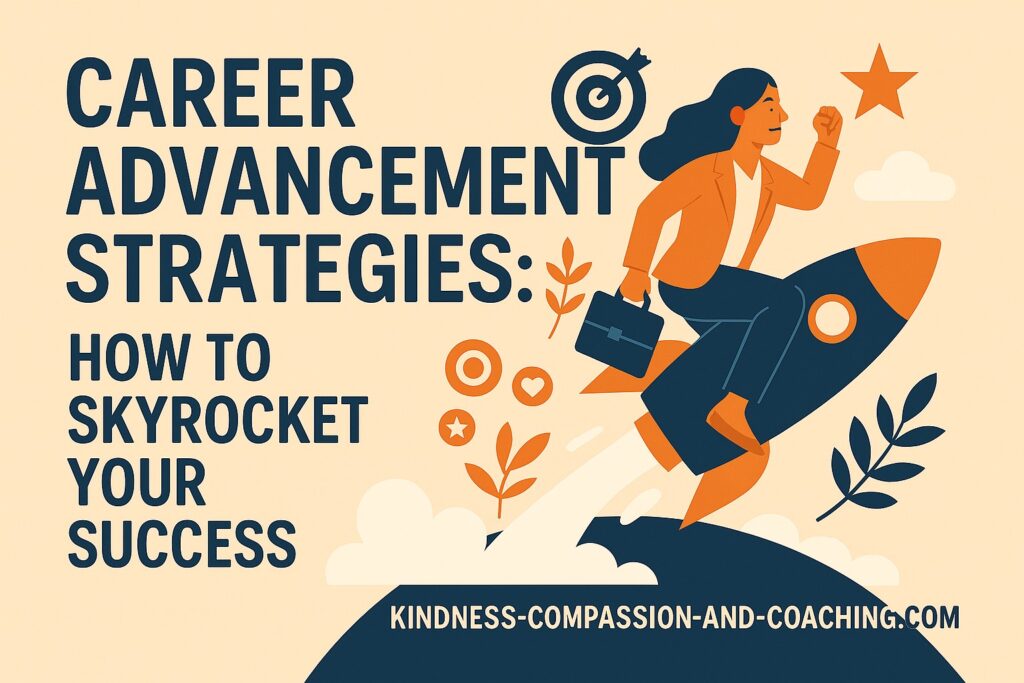
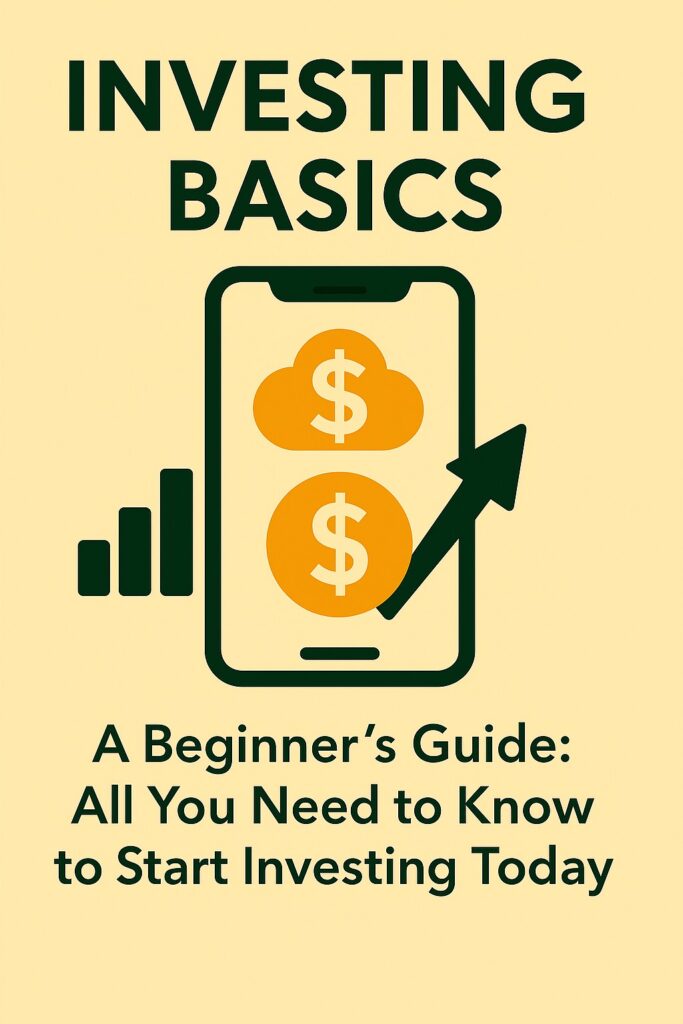
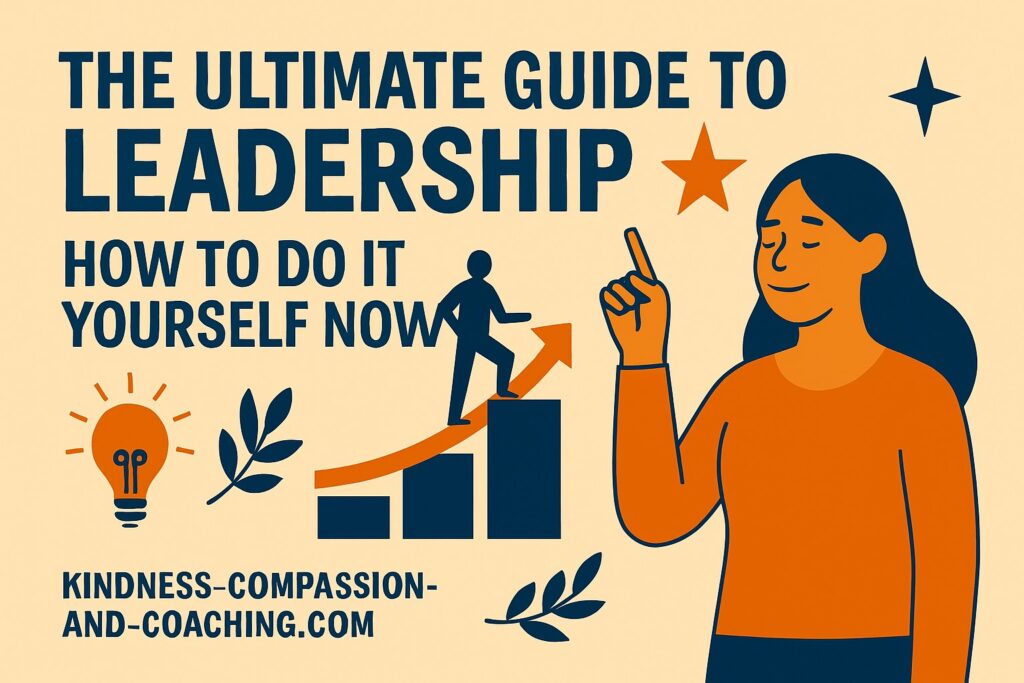
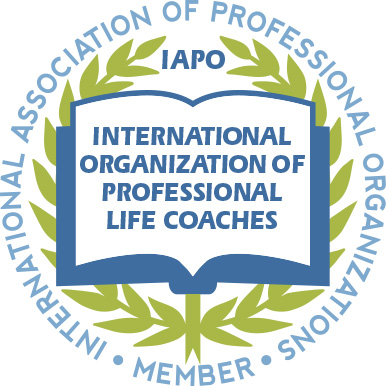
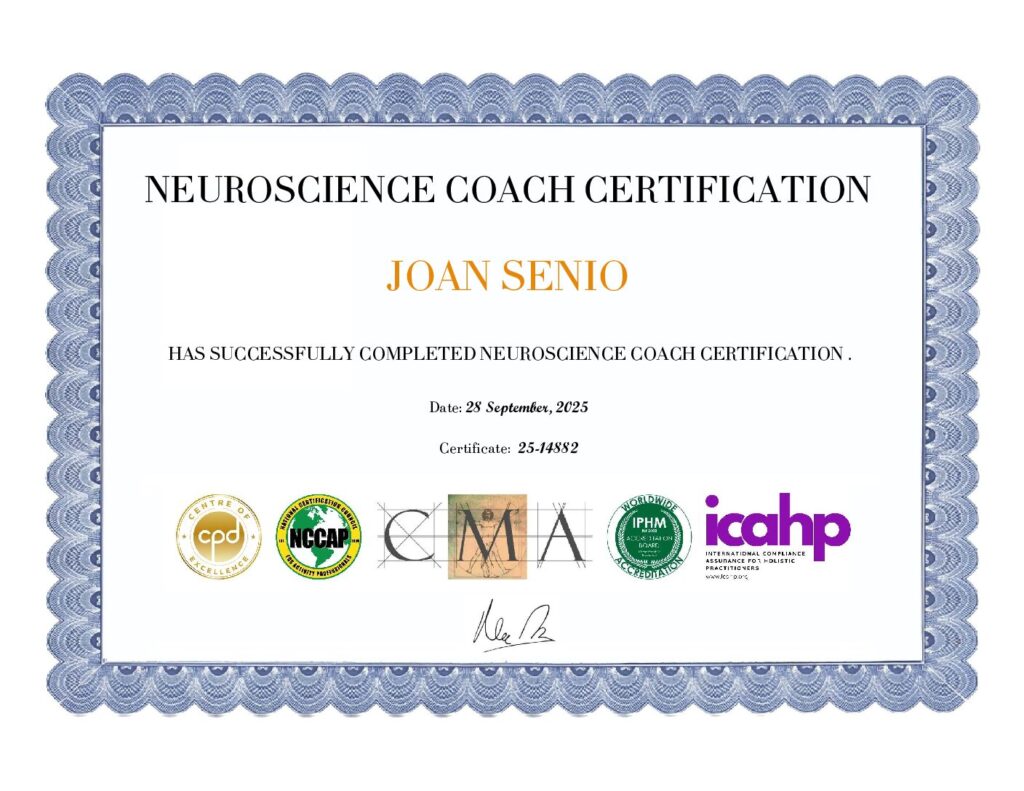

No Responses